
***The Morel lifter was updated in 2021 with a new oil band location and Comp Cams released the 85701 which is a replacement version of the 857 in 2022
Over the years there has been lots of discussion on Pontiac hydraulic retro fit lifters. We have taken the time to display all the specs from each lifter along with general information about variations in Pontiac blocks and camshafts. Pontiac lifters have many differences such as overall height, oil band width, oil band location, oiling hole heights and position, and well as seat heights and more. These differences alone do not make a lifter work or fail because there are also many other factors that come into play.
Block Variations
Pontiac block castings had many variances. One is the overall height of the lifter bore casting area of the block. This is on both the bottom and top of the lifter bore. Another variation is the hole position in the lifter bore itself. Not all are in the exact same locations. This can affect where the oiling hole is in relation to the lifter oil band location. Blocks with lower casting areas at the bottom of the lifter bores can expose the oil band and depressurize the lifter and cause failure. Although this is not a common situation, it needs to be taken into account.
Lifter Bore Clearance/Wear
Another potential issue that may cause "Lifter Noise" could be excessive lifter bore wear that is common in 40-50 year old Pontiac blocks. Optimum lifter to bore clearance, based on lifter manufacturer recommendations, is .0015-.0018". After checking 100's of Pontiac blocks, we sometimes see lifter to bore clearances as high as .0022-.003". This may cause excess "lifter noise", but may not necessarily cause mechanical issues. The only solution for this is to have the lifter bores bushed.
Additionally, when only .001" excess lifter bore clearance is introduced (from .0015 to .0025"), multiplies over 16 lifters, over 1 gallon of additional oil is pumped into the lifter valley per minute at higher rpm's. Not only can cause lifter noise but also reduces the amount of oil in the system where it should be.
Cams- Cam Base Circles
One often overlooked part of lifter functionality is the diameter of the cam base circle. The lifter rides along the cam base circle. Even though a cam has a specific lift, that does not mean the base circle is physically the same size from cam core to cam core. The dimensions of the lobe design, lobe separation, and lobe lift start from the actual base circle of the cam. If the cam is ground on a core with a smaller base circle then the lifter is physically sitting lower in the lifter bore than one sitting on a cam ground with a larger base circle.
Pontiac Hydraulic Retrofit Lifters
These lifters come in many variations. Below we will give you specs and descriptions of each lifter based on our build and performance history as well as customer feedback. Many of the well known cam manufacturers (Comp, Howards, Lunati, Crower, Bullet, etc) do not manufacture their own lifters. These cam companies source their hyd roller lifters from one of a very small number of lifter manufacturers. For example, Lunati and Howard's both use Morel brand lifters for their Pontiac line of lifters.
*These taller hyd roller lifters require use of an aftermarket valley pan. This is to prevent the lifter bar from contacting the bottom of the valley pan. Our TPP-041S valley pan has the necessary clearance for these lifters.
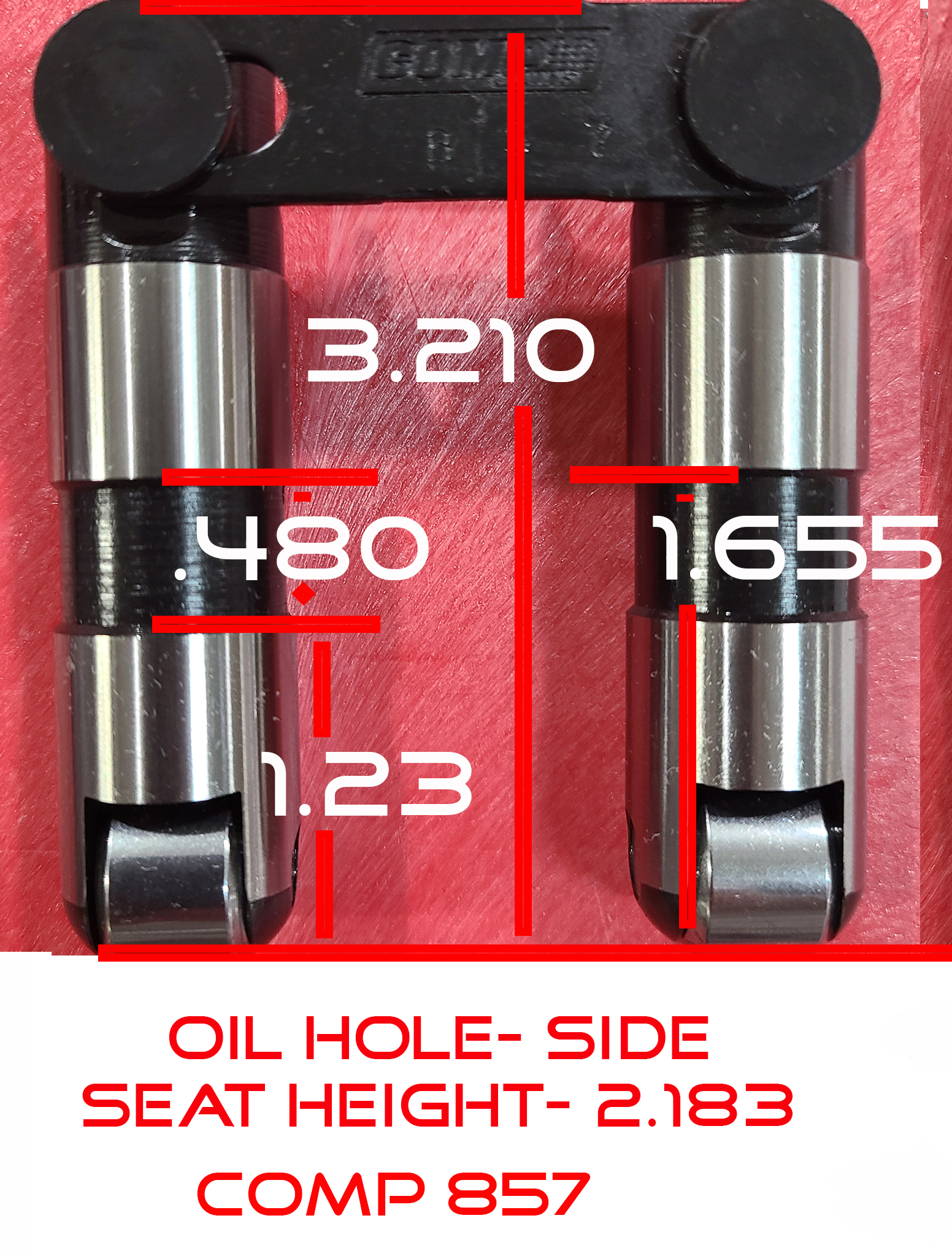
Comp 857
The Comp 857 has a taller overall height and the oil band is higher.
When using the COMP 857 lifters you must check to confirm that the top of the oil relief band doesn’t get to close to the top of the lifter bore as the oil relief band is much higher in these lifters.
*With these lifters, we recommend restricted pushrods when using aluminum heads due to oil drain capacity vs cast iron heads*
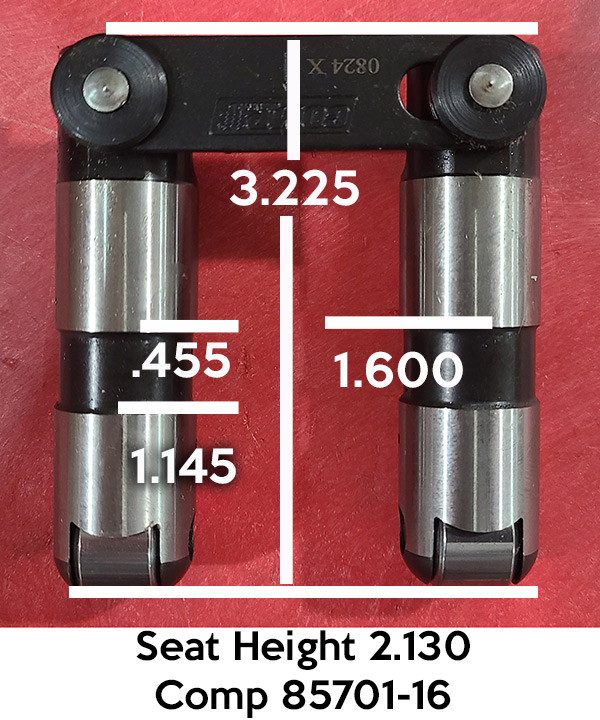
Comp 85701
The Comp 85701 has the most notable difference of all the lifters. Raised oil band location to work better on smaller base circle cams. Also works well with larger base circle cams. The most universal oil band location available in our opinion.
COMP Cams®Evolution Hydraulic Roller Lifters are the first lifters EVER created using the newly patented Hydraulic Cartridge Technology (HCT)
.842 diameter; 2.475 seat height
.125 travel / preload between .050" to .100"
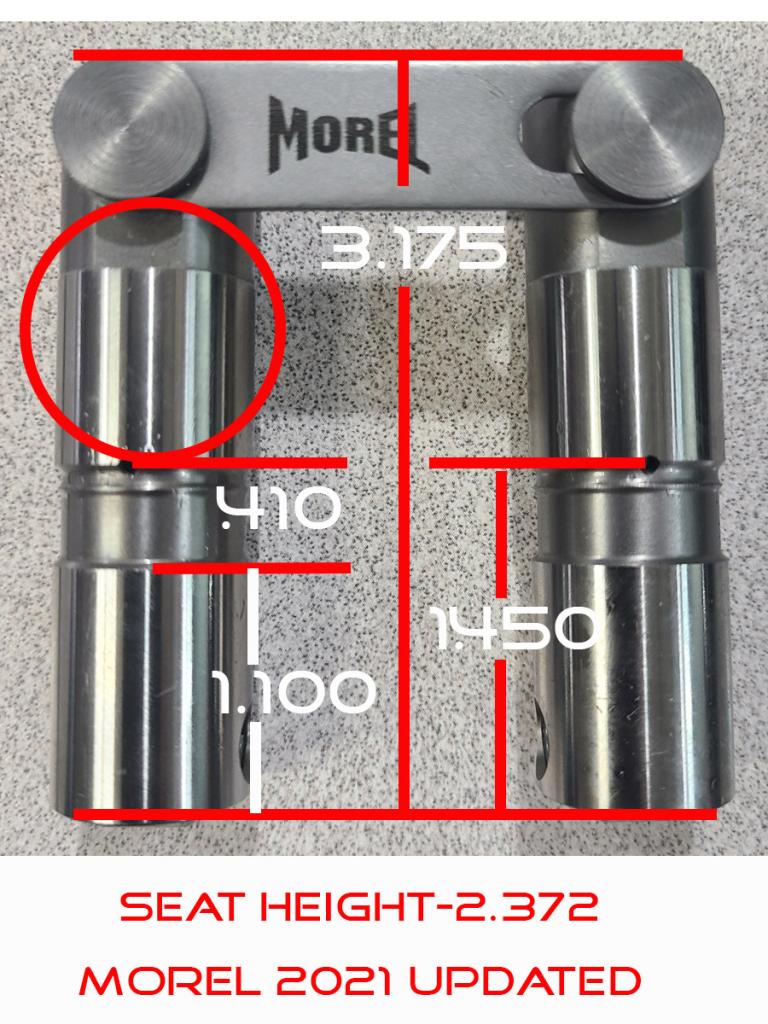
Morel/Lunati
The Morel is slightly taller than the Johnson and Hylift-Johnson but shorter than the 857 Comp. The main difference here is they have an oiling hole position on the lifter valley side of the lifters.
*With these lifters, restricted pushrods are not required*
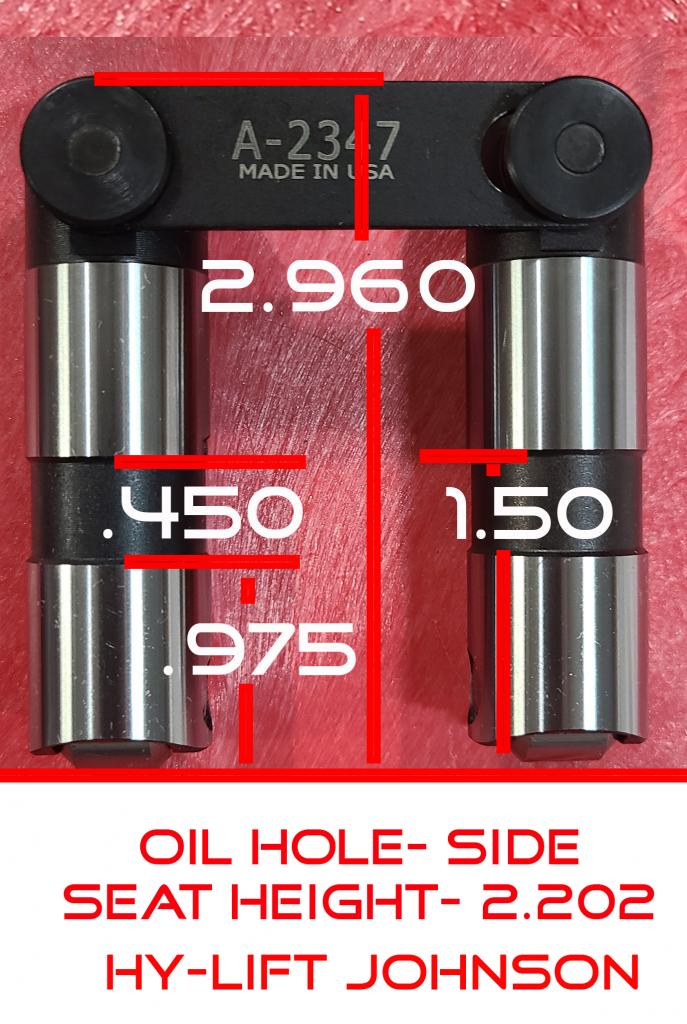
HyLift-Johnson
This lifter is easy confused with Johnson lifter which is a different company all together. This lifter is Made in America. These are slightly shorter than the Comp and Morel.
*With these lifters, we recommend restricted pushrods when using aluminum heads due to oil drain capacity vs cast iron heads*
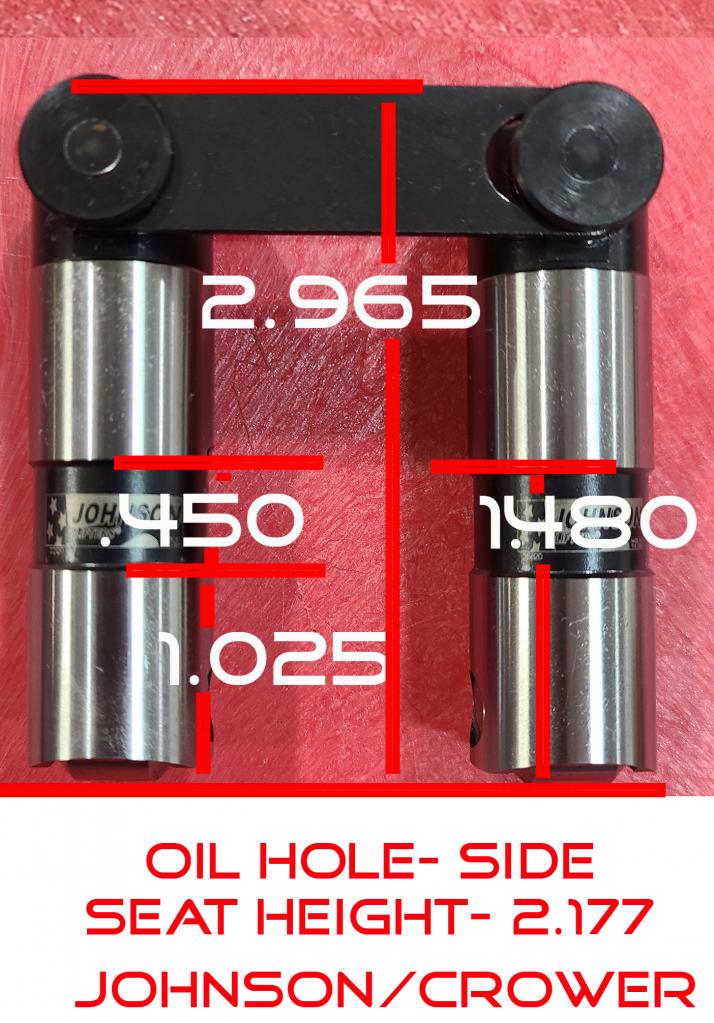
Johnson Lifter
These lifters are dimensionally the same as the Hylift and also Made in America. Johnson makes three versions of this lifter, the OP, OPR, and ST-OPR. The OP is the standard travel lifter, the OPR has a reduced travel of .093" for use in higher performance engines, and the ST has the most reduced travel of .058" for higher rpm and aggressive applications.
*With these lifters, we recommend restricted pushrods when using aluminum heads due to oil drain capacity vs cast iron heads*
Lifter Compatibility- Lifter Oil Band vs Lifter Bore Measuring
Because of variances in cam base circles, block/lifter bore casting inconsistencies (both at the top and bottom of the lifter bores), and lifter bore oil hole location variance each combination of cam, lifters and block must be checked to be sure everything works together as it should.
Once the cam is installed you can measure from the base circle to the bottom edge of the lifter bores (ALL 16) to be sure the oil relief band in the lifter does not drop out or is not on the verge of dropping out (less than .060-.080”) of the bottom of the lifter bore. This applies to Morel/Lunati/Howards/Hy-Lift Johnson/Johnson/Crower.
When using the COMP 857 lifters you must check to confirm that the top of the oil relief band doesn’t get to close to the top of the lifter bore as the oil relief band is much higher in these lifters.
Also you may measure from the base circle AND from the top of the cam lobe at max lift to the oil hole in your particular block and compare this to the oil relief band of a given lifter to be sure there is no issue there. (NOTE- in our experience the oil feed hole in the lifter bore does not have to stay “inside” the oil relief band for the full travel of the lifter in most street applications. IF you want this to happen you may have to either mill an oil slot in the oil relief band or in the lifter bore. *THIS SHOULD ONLY BE DONE BY AN EXPERIENCED MACHINIST OR ENGINE BUILDER*).
Lifter oil seepage in lifter valley can be checked by priming the engine with the valley pan removed
*Butler Performance recommends soaking/cleaning all hyd. roller lifters before installation.
We have seen issues in the past that either the fluid used to pre-test the lifters at the manufacturers and/or the anti-corrosion lubricant applied for shipping may gel over time and “gum up” the lifter’s hydraulic mechanism. This may depend on the amount of time the lifters stay in the box/on the shelf before use.
**We advise against leaving rocker adjusted on a new engine for a long period of time before the engine is put into use. This will cause many of the lifters to be fully depressed due to the valve spring pressure and could cause the lifters to “stick”.
Common Cause of "Lifter Issues"
Trash in lifters can cause damage. These are close up images of trash found in a set returned to the manufacturer.



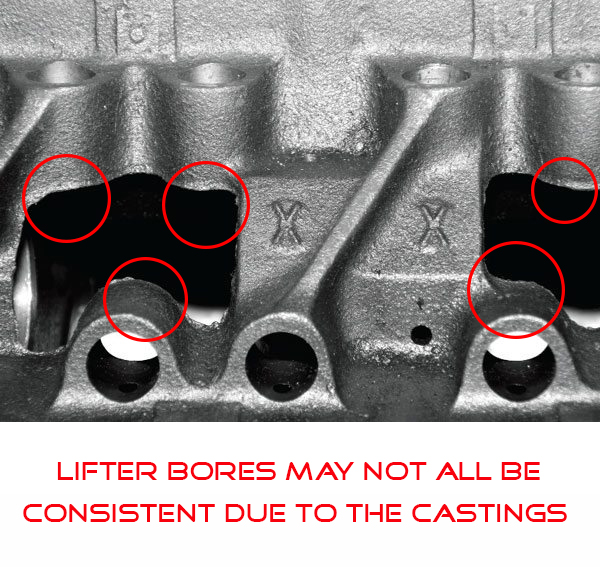

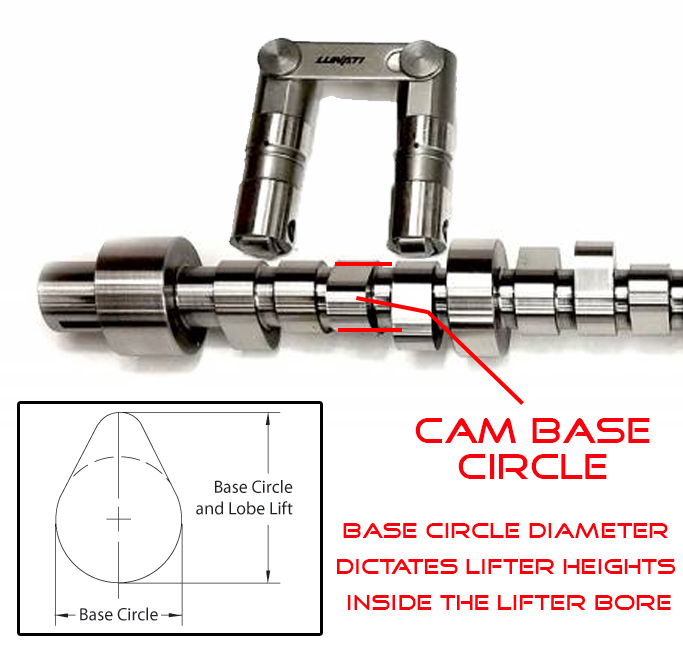
Eddie. 2025-04-04 02:11:48
What should the preload amount be for Howards (Morel) hydraulic roller lifters used with Edelbrock heads?
Keith. 2025-12-02 00:26:00
I have an 857 lifter that appears to have collapsed. Am able to easily push it down. Do I have to buy a complete new set of lifters or can I just buy one of the newer ones & call it good?
Thanks